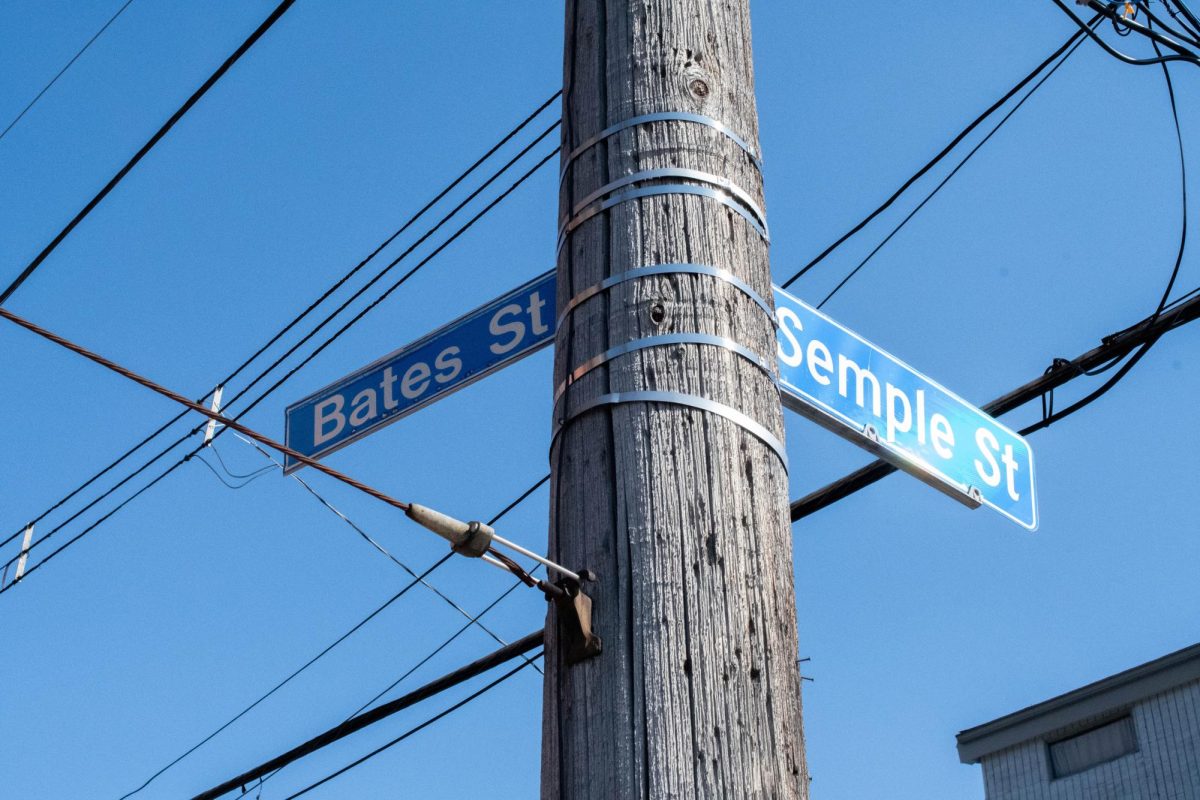Rereleased Disney movies add to recent 3D hype
January 16, 2012
“The Lion King” first reigned over the box office nearly 20 years ago, in the midst of a… “The Lion King” first reigned over the box office nearly 20 years ago, in the midst of a Disney heyday that defined a generation. A revisiting of “The Lion King” in theaters in September 2011 proved that Simba could still sway the masses — the film pulled away as September’s highest grossing movie. This past weekend, “Beauty and the Beast” graced the big screen for the first time in decades. And just like “The Lion King,” it was in a format unlike the original.
Disney’s recent commitment to Hollywood’s fascination with 3-D has spurred a movement to revisit its classics. “The Little Mermaid,” “Finding Nemo” and “Monsters, Inc.” will be retreated.
The 3-D craze has enjoyed great success, but a notable divide among movie fans became evident following the success of eye-candy blockbuster “Avatar.” Two camps were formed: those who absolutely love seeing movies in 3-D and those who desperately wish it would go away. Even the critics are spilt — Roger Ebert dedicated an entire blog post to explaining why he is against 3-D.
But the extra dimension in movies isn’t entirely a new fad. It saw fleeting popularity in the 1930s and then again in the 1950s. What separate’s today’s 3-D from that of yesteryear are the large leaps in technological innovation. According to Jeff Hinkelman, video collections manager and instructor at Carnegie Mellon University, most theaters have now upgraded their viewing technology to better support and showcase 3-D movies.
Put simply, the sweeping 3-D development owes much to the new advancements that allow local theaters to properly handle the format.
But Will Zavala, an instructor at Pittsburgh Filmmakers, voiced the questions of film fans and experts alike: Is 3-D here to stay as the next advancement in film, or will it fade once again from the screen? Considering that 3-D has actually worsened the movie going experience for some with its increased prices and side effects such as headaches, many feel the trend has room for improvement.
Three-D might previously have been used as a marketing gimmick, but if utilized correctly, the product can be astounding. DreamWorks 2010 film “How to Train Your Dragon” did not disappoint, and in fact had a stunning effect. Many directors and producers have properly wielded 3-D as a visual enhancement. Even Ebert couldn’t help but admit that he enjoyed the 3-D graphics in “Hugo” and “The Adventures of Tintin.”
Even considering the stigma against 3-D and the format’s uncertain future, the numbers pulled in by the rereleased Disney movies (“The Lion King” took in at least $61 million, and “Beauty and the Beast” earned $18.5 million its first weekend) display an opposition to the 3-D grievances.
Despite the success of the Disney rereleases, many were initially concerned for whether 3-D could be rendered to a hand drawn film and argued that the styles belonged to separate spheres and were simply incompatible.
Yet after seeing “The Lion King” in 3-D, many noted a distinct beneficial element that 3-D animation added to the movie experience. A few scenes looked better in their original 2-D depictions, but the feelings of inclusion that 3-D brought to the stampede and battle scenes were worth the price of admission.
Even if the 3-D had fallen completely flat, the movie would still have seen box-office success. The primary reason for the film’s successful monetary performance wasn’t its 3-D aspect, but the movie itself.
“The Lion King” and “Beauty and the Beast” are classic Disney films that already have a built-in following. The 3-D animation adds or detracts from the experience, but it does not desecrate the story.
Ultimately, the possibility of a bad 3-D movie can’t ruin the magic of Disney. And with directors employing 3-D to enhance a film’s visuals rather than as a marketing technique, the 3-D experience is set to see improvement in quality and viewer reception.


